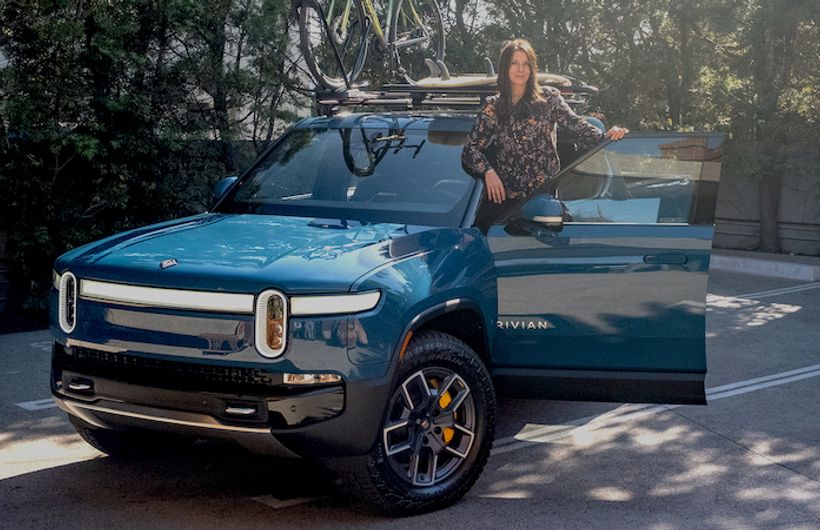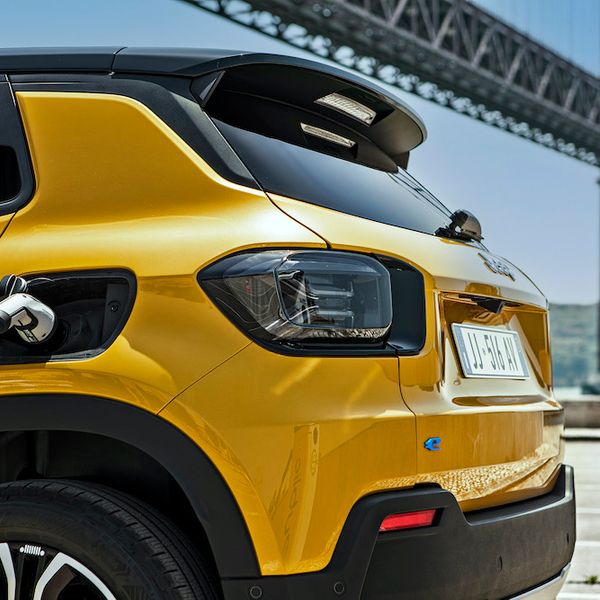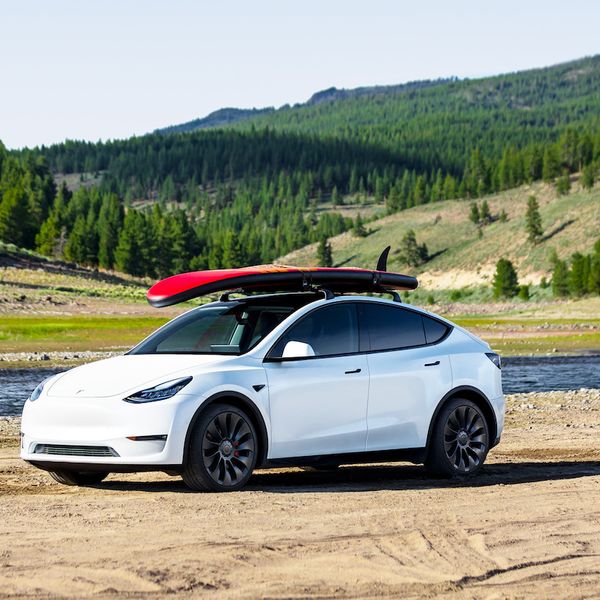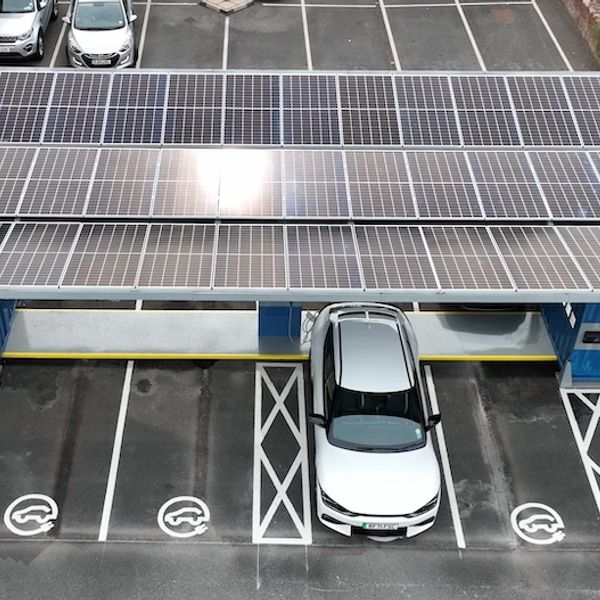Most conventional cars have an engine at the front and space for luggage at the back, but it doesn't have to be that way with electric cars. As a result, some car makers have taken the opportunity to make the most of the space which is usually filled with oily bits of machinery.
Electric motors are compact and simple, and a lot of electric cars have them located under the floor, often close to the rear wheels. This means there’s space in the front for other things, including a hole for storing extra stuff. Some people who should know better refer to these spaces as ‘froots,’ a contraction of ‘front boot.’ Americans call boots ‘trunks’ so the Stateside version is ‘frunk.’ Sadly, that’s a widely used term as well, even though it sounds like a variety of cold sore.
Some frunks are frootier than others, in that certain cars have about enough room for an emaciated toothbrush, while others will swallow several bags of shopping. And here’s a word to the wise, some all-wheel-drive versions of electric cars have motors front and rear, and are often frunkless, while the two wheel drive models have one.
Anyway, we’ve drawn up a guide that you might call ‘the froot, the bad and the frunkly’ of electric car front luggage lockers.
 "I need a new wing for my Mustang. Someone ate the last one"
"I need a new wing for my Mustang. Someone ate the last one" 














